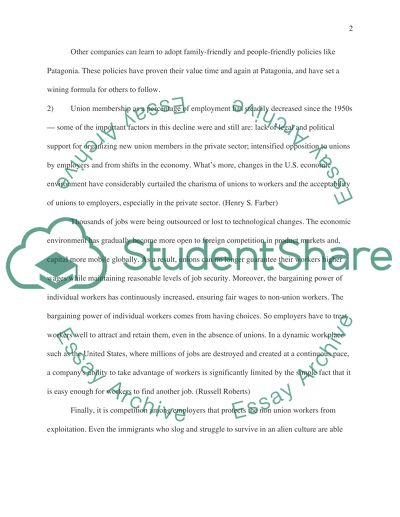Cite this document
(Human Resource Management Essay Example | Topics and Well Written Essays - 2250 words, n.d.)
Human Resource Management Essay Example | Topics and Well Written Essays - 2250 words. https://studentshare.org/human-resources/1548398-human-resource-management-d71-8-912-101
Human Resource Management Essay Example | Topics and Well Written Essays - 2250 words. https://studentshare.org/human-resources/1548398-human-resource-management-d71-8-912-101
(Human Resource Management Essay Example | Topics and Well Written Essays - 2250 Words)
Human Resource Management Essay Example | Topics and Well Written Essays - 2250 Words. https://studentshare.org/human-resources/1548398-human-resource-management-d71-8-912-101.
Human Resource Management Essay Example | Topics and Well Written Essays - 2250 Words. https://studentshare.org/human-resources/1548398-human-resource-management-d71-8-912-101.
“Human Resource Management Essay Example | Topics and Well Written Essays - 2250 Words”. https://studentshare.org/human-resources/1548398-human-resource-management-d71-8-912-101.


